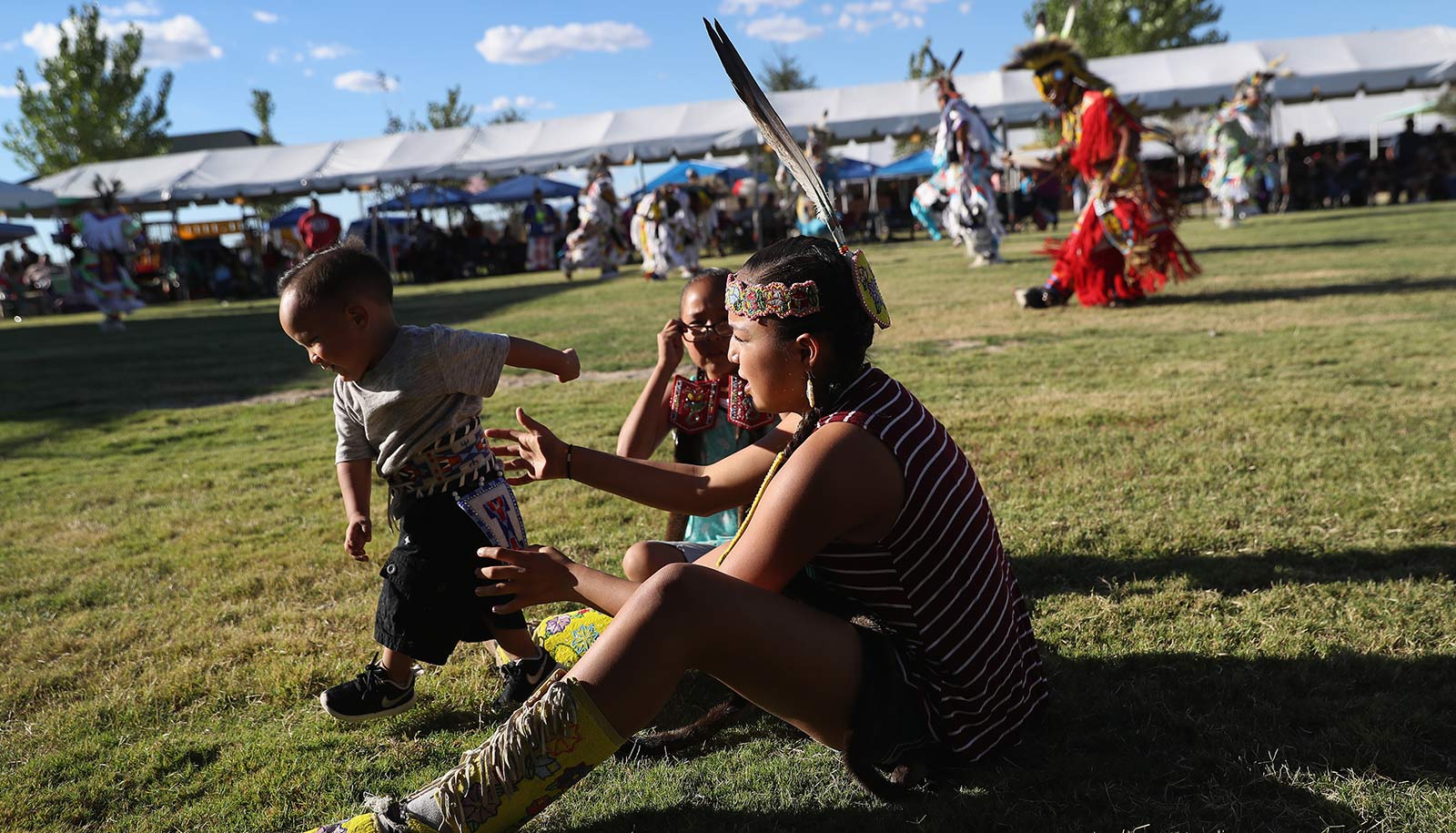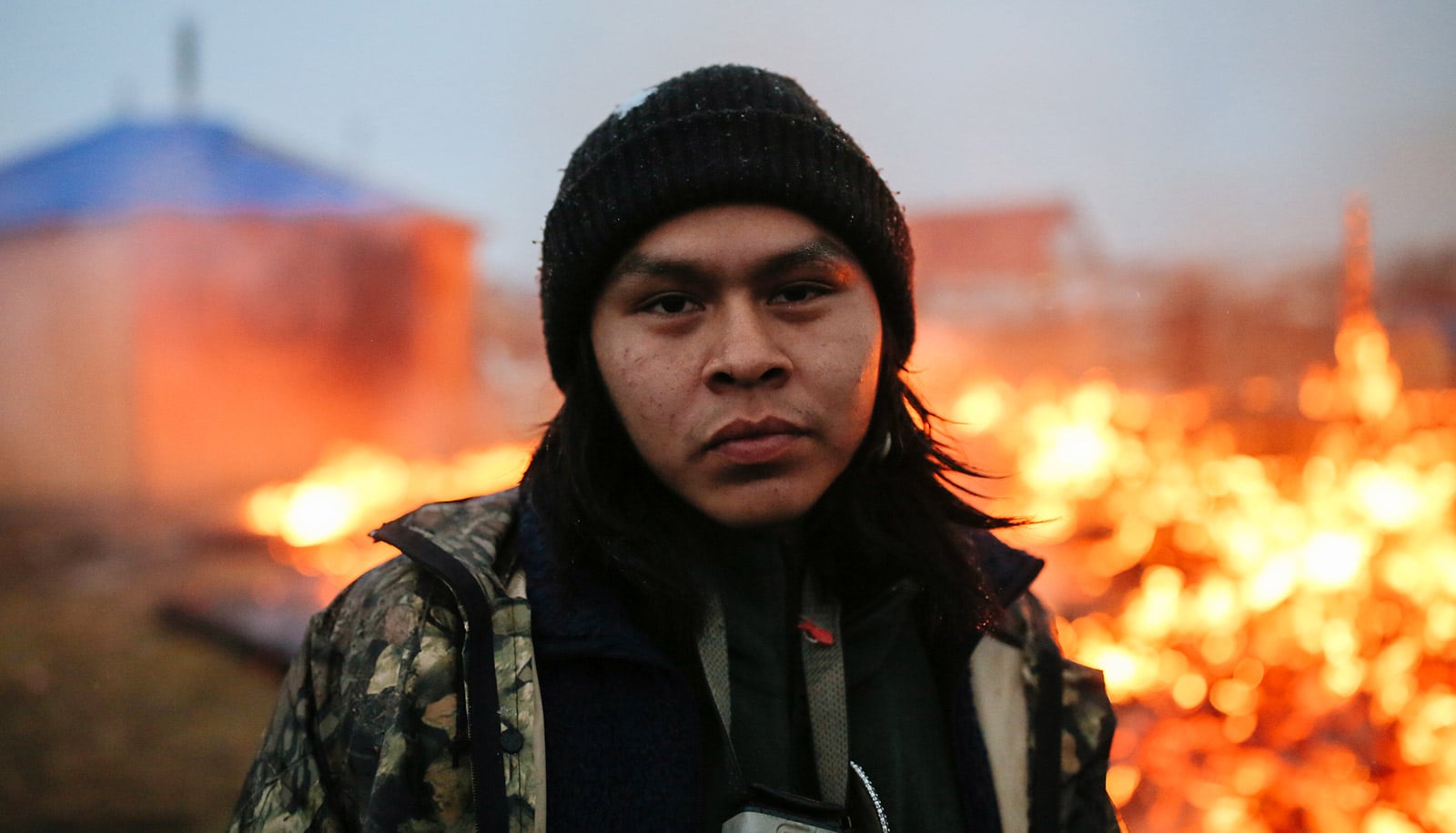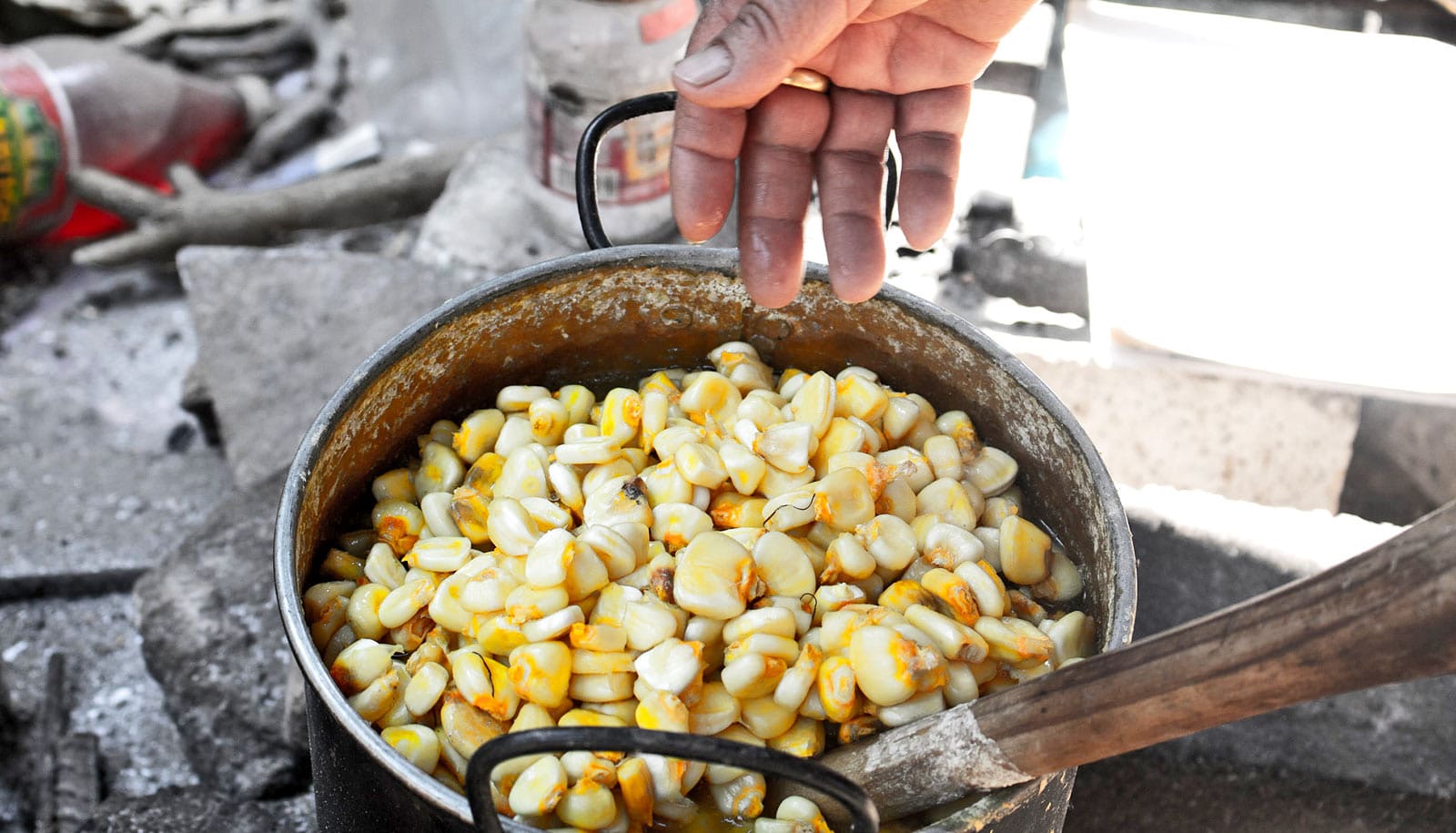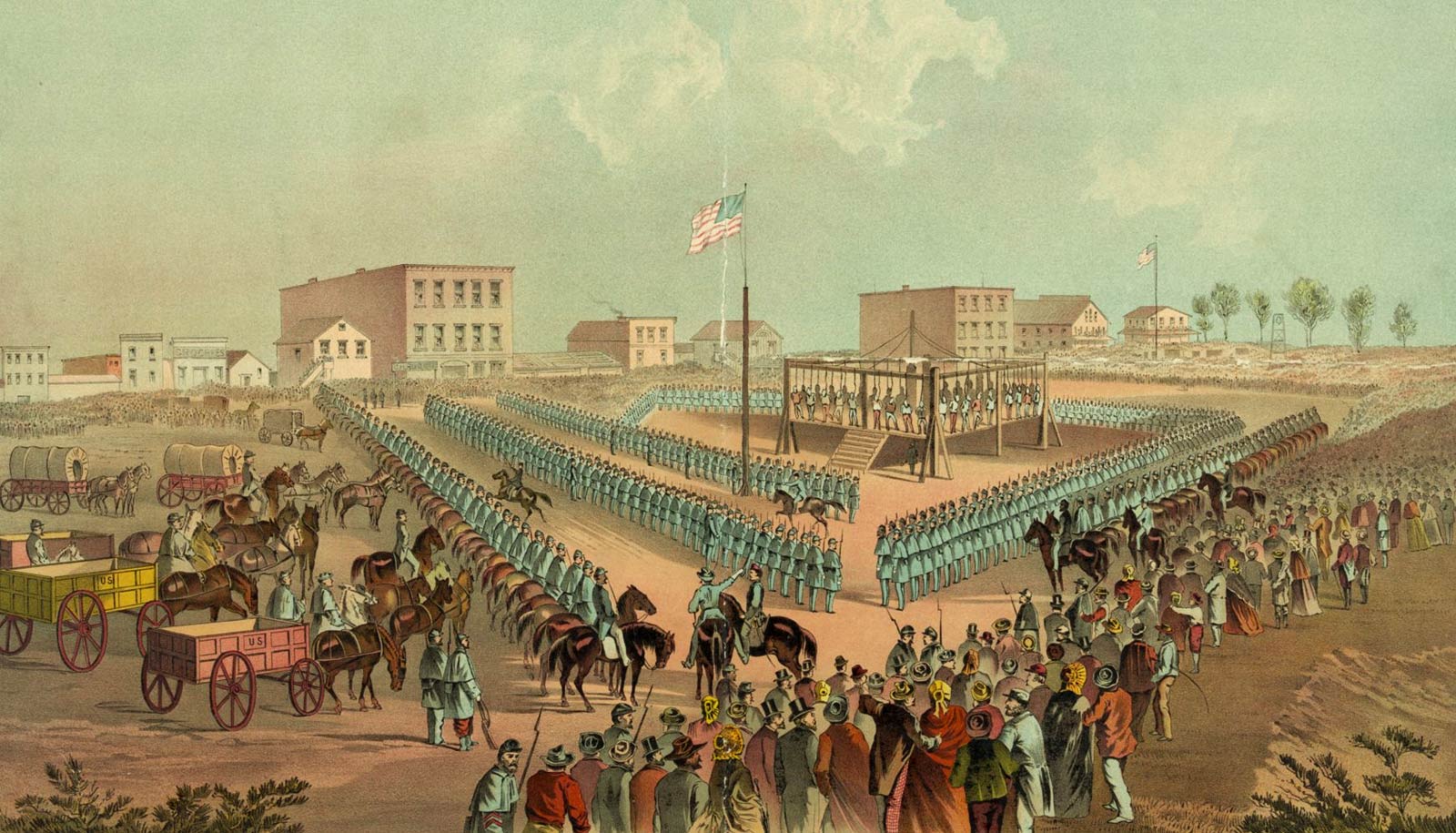Culturally specific health behaviors and activities may improve the health of Native Americans, report researchers.
Stress, trauma, and racism occur at high rates within Indigenous communities and have not been explored as potential contributors to cardiometabolic disease (CMD). But new research examines this link and found increasing evidence that culturally specific health behaviors and activities can lessen the negative effects of these stressors.
Native American people in the US have a higher prevalence of cardiovascular disease compared to all other racial groups, according to the Centers for Disease Control and Prevention.
“Indigenous people not only suffer from traditional CMD risk factors, such as elevated blood sugar, hypertension, and obesity, they also now face some of the highest rates of discrimination in all areas of our society,” says principal investigator Melissa Lewis, assistant professor of family and community medicine at the University of Missouri School of Medicine, one of several Indigenous physicians to lead the work.
“This research project represents the work of Indigenous leaders in the field of medicine…”
“When combined with the historical trauma that Indigenous people have experienced, there is additional mental health distress, which is another significant risk factor for CMD.”
Lewis describes how settler-colonialism has prohibited positive health behaviors through traditional Indigenous lifeways including hunting, fishing, and foraging and replaced them with Western systems of farming, food systems, and religion. While the researchers say further investigation is needed, they document several promising interventions already in use in some Indigenous communities that reduce CMD risk. The strategies incorporate culture, history, and needs of Indigenous people.
“Research suggests that those who participate in traditional Indigenous cultural activities have a reduced risk for CMD,” Lewis says. “Other interventions we reviewed aim to reduce racism experiences toward Indigenous people and include social justice and cultural humility training of health care providers, educators, and administrators.”
In one study involving a tribe in the southwest US, a group that learned tribal history, language, and craft-making lost more weight and had lower blood glucose levels than those who engaged in standard physical activity and diet intervention.
“This research project represents the work of Indigenous leaders in the field of medicine, which has enabled room for additional theories and practices to be considered within the science of CMD,” Lewis says. “In particular, we work to privilege Indigenous knowledge, science, and viewpoints and put them in equal standing with Western medicine to help tackle this growing problem.”
The study appears in the International Journal of Environmental Research and Public Health. In addition to Lewis, coauthors are from the University of Missouri, the University of Texas at El Paso, the University of Washington, and the University of North Dakota.
Support for this study came from the National Heart, Lung, and Blood Institute of the National Institutes of Health and the Center for Diabetes Translation Research at Washington University in St. Louis. The authors of the study declare that they have no conflicts of interest related to this study and the content does not necessarily represent the official views of the funding agencies.
Source: University of Missouri



